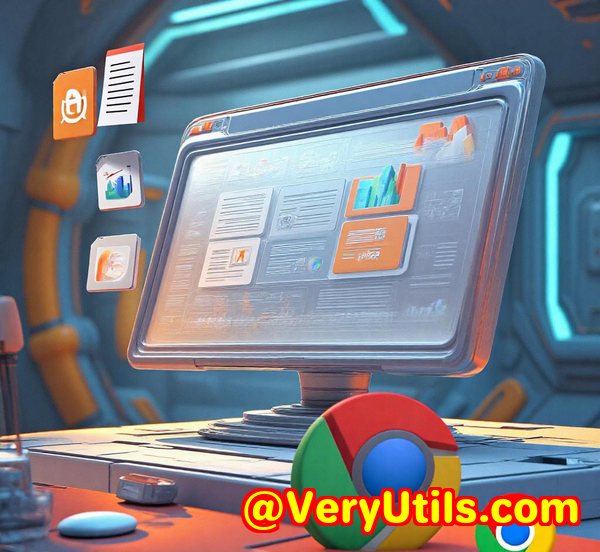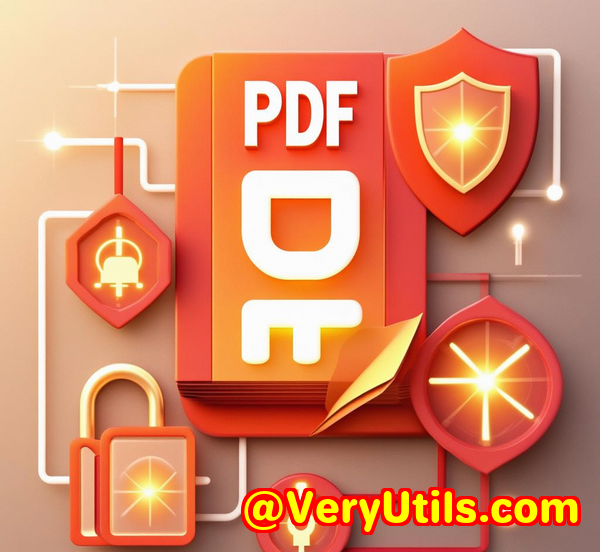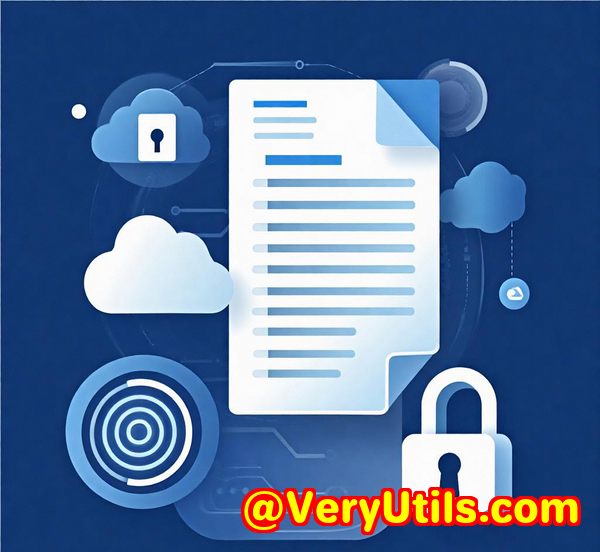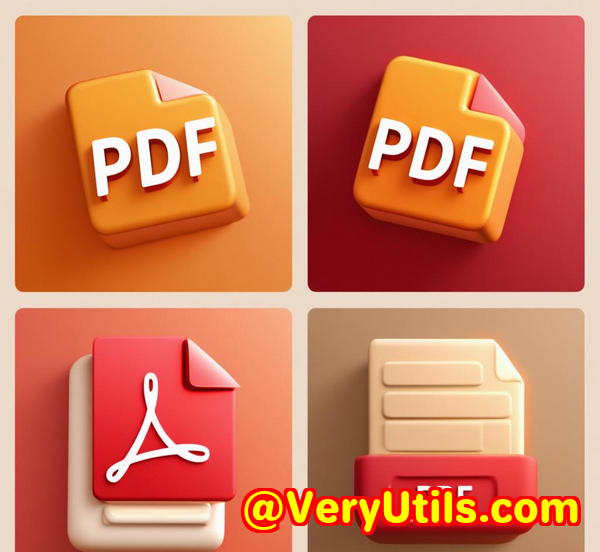JavaScript Barcode SDK for Tracking Legal Document Changes Across Case Files
Title:
JavaScript Barcode SDK for Tracking Legal Document Changes Across Case Files
Meta Description:
Efficiently track legal document changes across case files with the VeryUtils JavaScript Barcode SDK. Streamline processes and improve accuracy in real time.
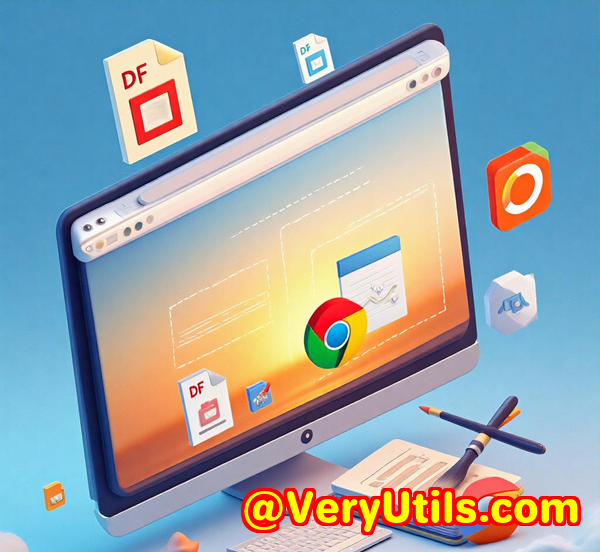
Every Monday morning, I used to dread the daunting task of managing hundreds of legal case files, each one meticulously updated with changes, annotations, and revisions. The paperwork would pile up, and finding the most recent version of a document or tracking changes across multiple files felt like an endless struggle. Sound familiar? Whether you're in the legal profession or dealing with sensitive paperwork, this challenge of tracking document revisions is something many of us face.
Enter VeryUtils JavaScript Barcode Scanner SDK, the tool that helped me completely transform how I manage legal documents and track changes across case files. It didn't just make my workflow smoother; it made it faster, more reliable, and (most importantly) error-free.
What is the VeryUtils JavaScript Barcode Scanner SDK?
The VeryUtils JavaScript Barcode Scanner SDK is a high-performance, easy-to-integrate tool designed for developers who need to add barcode scanning functionality to web applications. Built for speed and reliability, this SDK offers advanced AI-powered features, allowing you to scan barcodes from any device camera or images with real-time feedback. From inventory management to tracking legal document revisions, this tool is a game-changer.
Who Would Find This Software Most Useful?
-
Legal Teams and Lawyers
If you're managing a vast amount of case files, tracking document versions is critical. Legal teams will benefit from the SDK's ability to quickly identify and track document changes in real-time.
-
Warehouse and Logistics Managers
For industries that rely heavily on barcodes for inventory tracking, the SDK's fast, reliable barcode scanning capabilities can streamline warehouse management.
-
Retailers and POS Systems
Retail businesses will find the SDK useful for integrating barcode scanning in their Point of Sale systems, speeding up checkout and stock-taking processes.
-
Healthcare Professionals
Hospitals, clinics, and pharmacies that deal with a large volume of inventory and patient documents can use this SDK for fast, reliable scanning.
Features That Made My Life Easier
I'll be the first to admit that I wasn't a fan of switching from paper-based tracking to digital systems. But after integrating the VeryUtils JavaScript Barcode Scanner into my legal document workflow, it was like flipping a switch.
-
Real-Time Augmented Reality Feedback
The real-time augmented reality (AR) feedback during barcode scanning was a feature I didn't even know I needed until I saw it in action. The system displays helpful visual cues when a barcode is detected, providing instant confirmation. This small but crucial addition sped up the document revision tracking process significantly, allowing me to focus on the legal work, not the technicalities.
-
Context-Aware AI Scanning Engine
What stood out was the AI-powered scanning engine. It can identify the right barcode even in low-light conditions or when the barcode is damaged. This is a game-changer for anyone who has struggled with scanning in poor conditions. Whether you're scanning legal forms under fluorescent office lights or using mobile devices on the go, this SDK doesn't miss a beat.
-
Batch and Multi Scanning
Legal cases often involve large stacks of documents, and manually scanning them one by one is both tedious and prone to errors. The batch scanning feature allows me to scan multiple barcodes at once, which is incredibly efficient. Even better, the multi-scanning capability lets me capture several barcodes simultaneously in a single scan, saving tons of time.
-
Automated Label Scanning
Gone are the days of manually entering data from printed labels. With the automated label scanning feature, I could scan both barcodes and printed text simultaneously. This feature was essential for quickly extracting data from complex legal labels, such as case numbers, court dates, or client identifiers, with zero errors.
Why VeryUtils Barcode SDK is Ideal for Legal Document Tracking
Tracking revisions in legal documents has traditionally been a cumbersome process. With this SDK, not only do I get an efficient and reliable barcode scanning system, but I also get a suite of tools designed for cross-platform compatibility.
Imagine this scenario: You have a team of paralegals working on updating case files across various locations. With the SDK, barcodes are generated for every updated document version, and they're easily scanned from any device. The real-time updates mean that each team member can instantly see if they have the latest revision of a case file. This drastically reduces the risk of working on outdated files and helps prevent costly mistakes in legal proceedings.
Furthermore, the JavaScript Barcode Scanner SDK integrates seamlessly into your existing workflows. Whether you're working on Progressive Web Apps (PWAs) or traditional web applications, you'll have no trouble integrating it.
Key Advantages of Using VeryUtils JavaScript Barcode Scanner SDK
-
Ease of Integration
Integrating the SDK into my legal document management system took only minutes. With Ready-To-Use UI components, I was able to add barcode scanning functionality without a steep learning curve. Customizing the UI to match our application's look and feel was straightforward. I could tweak the interface in under an hour.
-
Supports Multiple Barcode Formats
Whether I'm working with QR codes, Data Matrix, or PDF417 barcodes, the SDK supports all major formats. This flexibility is critical, especially in legal environments where documents may use different types of barcodes for various purposes.
-
Cross-Platform Compatibility
One of the biggest challenges in modern software is ensuring that it works across various platforms. This SDK works flawlessly across browsers and devices, including desktops, smartphones, and tablets. The low-light performance and ability to scan damaged barcodes make it perfect for real-world environments.
-
Security and Privacy
For any legal professional, data security is paramount. With ISO27001 certification, VeryUtils ensures that your data is safe and private. You maintain full control over the data collected during barcode scanning, which is critical when dealing with confidential legal documents.
How Legal Teams Can Use the VeryUtils Barcode SDK
Legal Document Revision Tracking
-
Generate a barcode for each legal document version.
-
Scan the barcode to quickly check if the document is the latest revision.
-
Track changes across multiple documents in real-time.
Case File Organization
-
Create a unique barcode for each case file and label it accordingly.
-
With batch and multi-scanning, easily track the contents of case files and ensure you're working with the most recent version.
Client and Court Document Identification
-
Use the SDK to quickly identify client-specific or case-specific documents by scanning relevant barcodes and labels.
Conclusion: A Must-Have Tool for Legal Teams
If you're involved in legal case management, there's no reason not to integrate the VeryUtils JavaScript Barcode Scanner SDK into your workflow. It's easy to use, fast, and incredibly accurate. From tracking revisions across case files to improving document organization, this tool will save you hours of work and countless headaches.
Personally, I'd highly recommend this tool to any legal team dealing with large volumes of documents. It's a game-changer, and the time saved is invaluable.
Click here to try it out for yourself: VeryUtils JavaScript Barcode Scanner SDK
Custom Development Services by VeryUtils
VeryUtils offers custom development services for the JavaScript Barcode Scanner SDK to meet your unique needs. Whether you require specific features, UI customizations, or deeper integrations into your existing systems, VeryUtils can help. The team specializes in creating tailored solutions based on your requirements and environment, from simple document management apps to complex legal case tracking systems.
Contact VeryUtils for more information and custom development services.
FAQ
1. Can I integrate the VeryUtils JavaScript Barcode Scanner into a mobile app?
Yes, the SDK is designed for cross-platform compatibility, meaning it works on both desktop and mobile applications.
2. What kind of barcodes does this SDK support?
The SDK supports all major barcode formats, including QR codes, Data Matrix, PDF417, EAN, and more.
3. Is the SDK suitable for scanning barcodes in low-light conditions?
Absolutely. The VeryUtils JavaScript Barcode Scanner performs well in challenging environments, including low-light conditions and damaged barcodes.
4. How quickly can I integrate the SDK into my web application?
The SDK can be integrated into any website or web app in minutes, thanks to the pre-built components and easy-to-use APIs.
5. Does the SDK provide real-time feedback during scanning?
Yes, it offers real-time augmented reality (AR) feedback during scanning, improving the user experience and accuracy.
Tags/Keywords:
JavaScript Barcode Scanner, Legal Document Tracking, Document Management, Legal Case Files, Barcode Scanning SDK, Real-Time Document Updates
